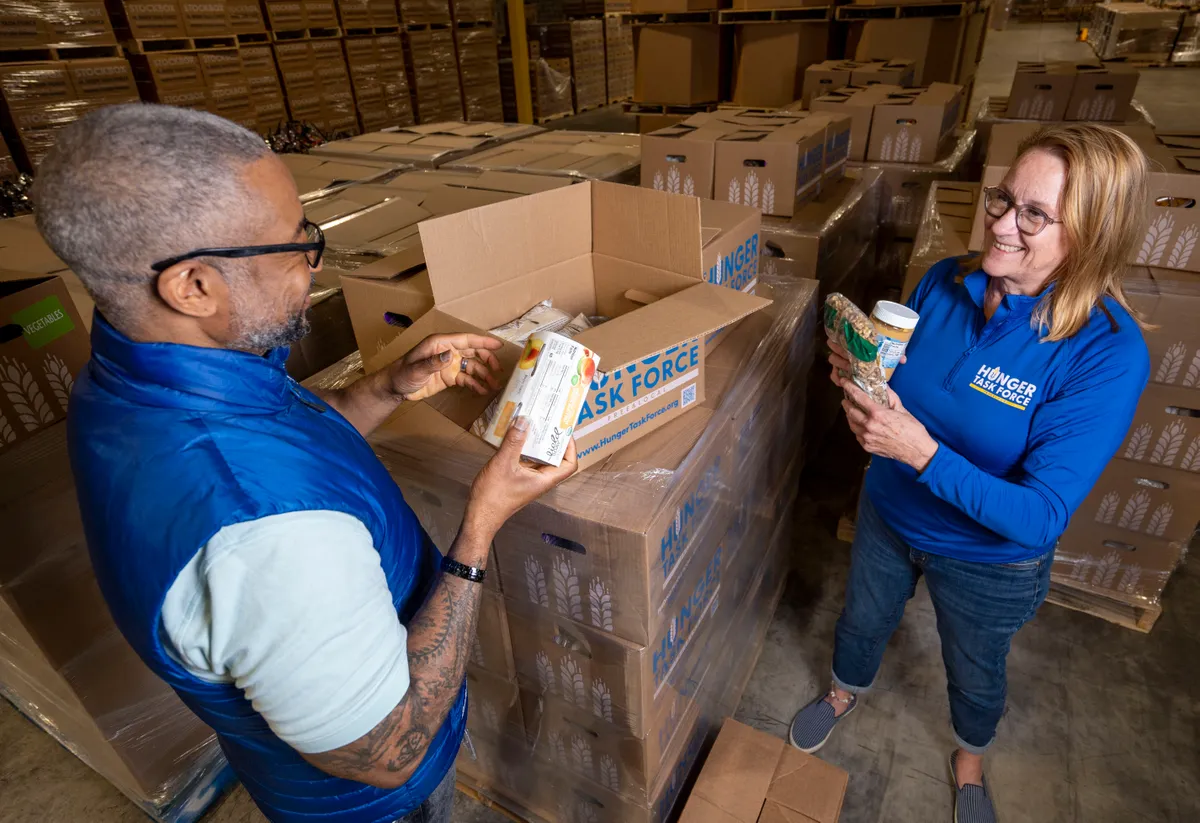Despite low unemployment, more people in Wisconsin are using the FoodShare program than before the pandemic due to relaxed eligibility rules, high grocery prices, and increased awareness of the program.
FoodShare Enrollment in Wisconsin Rises Despite Low Unemployment and High Grocery Prices
According to the Milwaukee Journal Sentinel, in Wisconsin, more people are using the FoodShare program to help buy food, even though unemployment is low and jobs are available. As of April, over 700,000 people are enrolled in FoodShare, which is less than the peak of nearly 800,000 in mid-2021 but still higher than before the pandemic when around 600,000 people were enrolled. This increase is partly because rules were relaxed during the pandemic, making it easier for people to qualify for help.
High grocery prices are also pushing more people to seek help from FoodShare. Groceries now cost 25% more than they did four years ago, which is hard on retirees and those with fixed incomes. The report says that some working people may be underemployed, meaning they work fewer hours or in lower-paying jobs, so they still need extra help from FoodShare.
READ ALSO: $14 Million Settlement: Microsoft Corporation Agrees To Reform Leave Policies After Allegations Of Retaliation Against Employees

Pandemic Spurs Increased FoodShare Enrollment Due to Job Loss and Expanded Outreach (PHOTO: Milwaukee Journal Sentinel)
Pandemic Spurs Increased FoodShare Enrollment Due to Job Loss and Expanded Outreach
During the pandemic, more people learned about the FoodShare program and started using it. Many who were eligible but hadn’t applied before did so because they lost their jobs. The increased outreach and reduced stigma around asking for help have kept many new users on the program, even as jobs have become more available.
READ ALSO: 23 Million Americans Lose Medicaid Coverage: Disproportionate Impact On Vulnerable Communities

















































